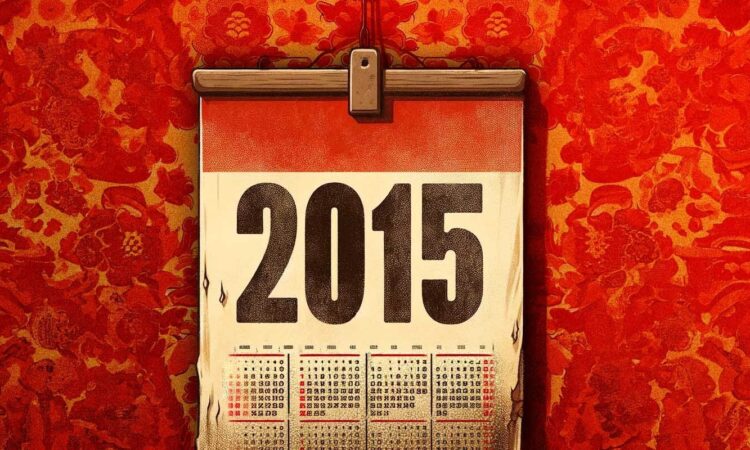China’s president and stock market regulators seemed to be mulling over some last-resort actions

What’s going on here?
China appeared to plan a major intervention to rediscover the stock market’s former glory, but the world’s second-biggest economy will need to learn from its mistakes.
What does this mean?
China’s president has some to-do list: remedy rising unemployment, sell more exports, fix the crumbling property market – not to mention taking a lunch break. But this week, the small issue of supporting the disastrous stock market landed on his desk, too. Stock market regulators have already emptied their bags of tricks to no avail, including stopping investors from betting against the market. So when word spread that the president was set to meet with regulators on Tuesday, many wondered whether the country might throw it back to 2015. Back then, the government bought shares in around 1,000 firms to make the lackluster market look a little more, well, lustrous.
Why should I care?
For markets: Déjà boo!
If that is China’s plan, it’s a risky one. Naturally, investors will cast an eye over any stock that’s suddenly pulling ahead – but they’ll quickly move their gaze to the company’s books. Potential investors will steer clear unless the firm’s profit and projections justify the new higher price, and existing investors may well sell their shares and pocket the profit. That’s why the thought of returning to 2015 could make many investors feel more nauseous than nostalgic: China’s market collapsed soon after the government poked its nose in, only reaching its lowest level in February 2016.
The bigger picture: You’re not guaranteed tomorrow.
Thing is, China’s stock market could take a turn for the worse no matter the government’s tactic. So for investors who still believe in the country’s long-term potential, or for those who just can’t resist a bargain, it’s tempting to hold out for even cheaper prices. That’s a precarious place to be, though: you can only see the market’s lowest point once it’s gone.
